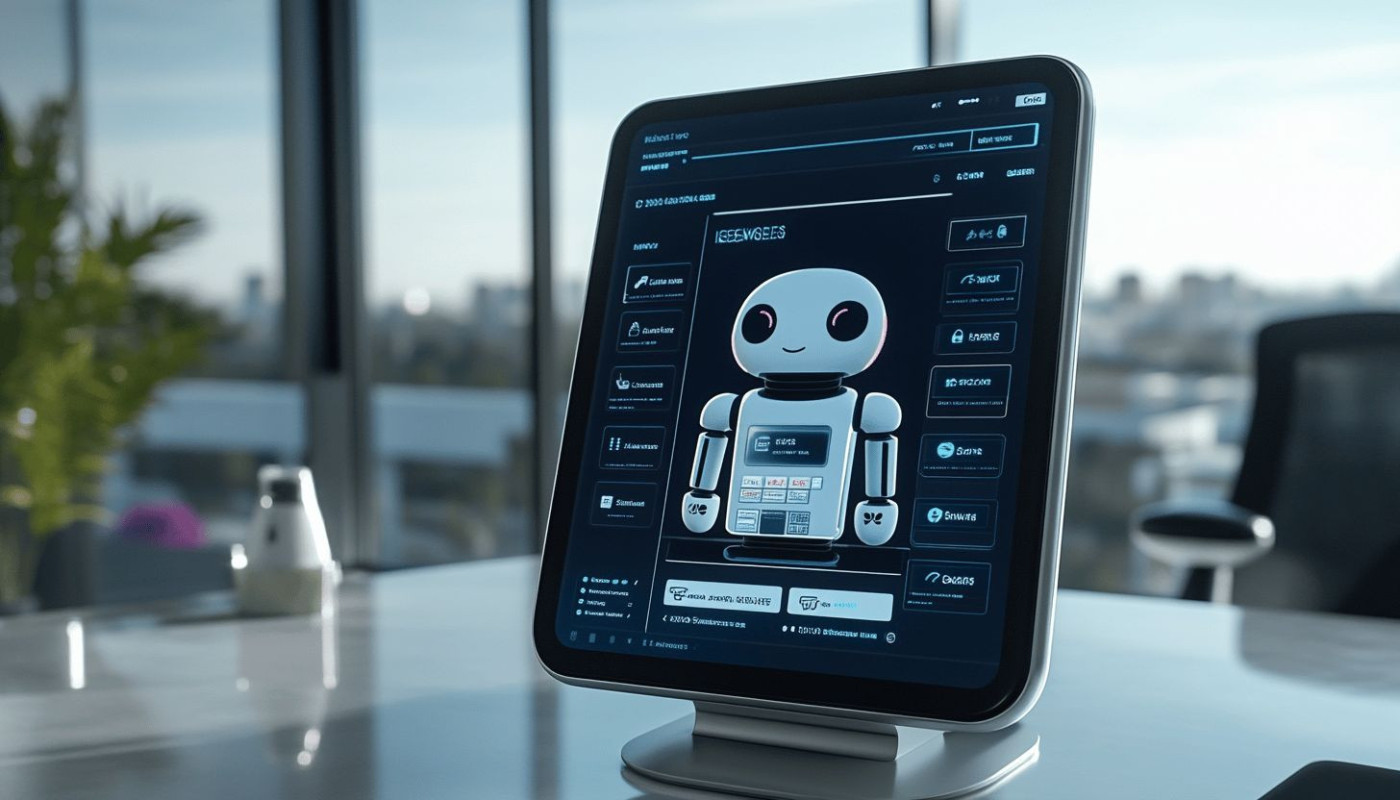Table of contents
Exploring the frontier of artificial intelligence is an endlessly fascinating endeavor, particularly when it comes to enhancing creative outputs through prompt design. The art of crafting prompts that can coax nuanced and imaginative content from AI is a dynamic field that beckons for further innovation and expertise. This post delves into the sophisticated strategies and methodologies that can improve AI's creative responses—paving the way for a future where human and machine collaboration yields unprecedented results. Unearth the power of advanced prompt design and its potential to revolutionize the creative landscape.
The Significance of Prompt Engineering in AI Creativity
In the world of artificial intelligence, mastering the nuances of prompt engineering has emerged as a key component in the quest for AI creativity. Crafting the perfect prompt involves a deep understanding of natural language processing (NLP), as well as a flair for human-computer interaction design strategies. When a prompt is meticulously engineered, it acts as a catalyst for creative responses, coaxing sophisticated and nuanced outputs from AI systems. This level of customization enhances user interaction, allowing individuals to steer AI in a direction that aligns with their specific creative goals. A computer scientist specializing in this field would attest to the delicate balance of technical know-how and linguistic finesse required to fine-tune prompts that push the boundaries of AI's creative potential. It's the careful design and implementation of these prompts that enable AI systems to interpret and respond to human requests in surprisingly imaginative ways.
Methodologies for Optimizing Prompt Design
Optimizing the design of prompts is a nuanced process, deeply rooted in an understanding of AI behavior and human expectation. To achieve inventive and relevant outputs from artificial intelligence, optimization strategies must be carefully considered and applied. One such strategy is iterative testing, which involves the cyclic process of designing, testing, analyzing, and refining prompts to enhance their effectiveness. Engaging in this repetitive cycle ensures that each prompt is fine-tuned to elicit the best possible response from the AI.
User feedback is another vital component in this optimization process. By evaluating how individuals interact with the AI and the quality of the responses generated, designers can adjust prompts to better align with human expectations and improve user experience. Furthermore, in-depth data analysis provides insights into patterns and correlations that might not be immediately apparent. By dissecting the data generated from AI interactions, one can uncover the underlying mechanics of successful prompt responses and use this knowledge to inform future designs.
Machine learning algorithms are at the heart of these optimization efforts, as they are the technical foundation upon which AI behavior is built. An expert such as a data scientist or AI engineer, who is proficient in working with these algorithms, would be the most authoritative figure to discuss these methodologies. Their expertise enables them to manipulate the complex variables in play and maximize the creative output of AI systems through strategic prompt design.
Challenges and Considerations in Advanced Prompt Design
As we delve into the realm of advanced prompt design to improve AI-driven creative outputs, we encounter a landscape riddled with complex challenges and considerations. One key obstacle is the need to navigate the inherent ambiguity in natural language. Crafting prompts that can interpret and process vague or multi-interpretable inputs demands a sophisticated understanding of language and context. Moreover, acknowledging and incorporating cultural nuances is paramount to ensure that the AI's creative outputs are relevant and sensitive to diverse global audiences. This aspect is particularly tricky as it involves a deep comprehension of subtle sociocultural factors that influence interpretation and response.
In the quest to refine AI prompt design, bias mitigation emerges as a vital component. The specter of algorithmic bias looms large, with the potential to skew AI behavior in unintended, often harmful ways. It is imperative for AI ethicists and machine learning specialists to work collaboratively to identify and mitigate biases in AI systems. This not only enhances the quality and fairness of the creative outputs but also guards against the reinforcement of stereotypes or the marginalization of certain groups. The pursuit of ethical AI development is a balancing act between innovation and responsibility, making the role of such professionals more significant than ever in the advancement of artificial intelligence applications.
Interdisciplinary Collaboration for Richer AI Creativity
Interdisciplinary collaboration stands as a pillar of innovation in harnessing the creative capabilities of AI. In the quest to generate AI content that transcends the ordinary, the coalition of technologists, artists, linguists, and psychologists becomes paramount. These diverse perspectives create a melting pot of ideas that can be synthesized into prompts leading to unparalleled AI-generated content. Technologists bring to the table advanced understanding of cognitive computing, which serves as the backbone for AI's thought processes, while artists contribute with their boundless creativity and unique interpretations of human experience.
Linguists play a pivotal role by structuring the language in a way that AI can comprehend and respond with nuance, and psychologists apply their knowledge of human cognition to infuse the prompts with depth that resonates on an emotional level. The orchestration of such collaboration often falls to a creative director or an AI innovation strategist, who guides the team towards a harmonious blend of expertise. In the context of this rich collaborative environment, for those interested in delving deeper into crafting effective AI prompts, this page could provide further insight into state-of-the-art methodologies. It encapsulates the strides in AI prompt design anticipated to take place by 2025, giving readers a glimpse into the future of AI creativity enhanced through interdisciplinary efforts.
Future Directions in AI Prompt Design and Creativity
The landscape of AI prompt design is poised for transformative changes as it strides into new territories of innovation. With AI learning capabilities expanding at a rapid pace, the methods by which prompts are crafted and interpreted by artificial intelligence are expected to become more sophisticated. In particular, generative adversarial networks (GANs) are carving a niche in creative industries, enabling machines to produce artwork and designs that were once the sole province of human ingenuity. As this technology matures, the interplay between human prompts and AI responses may result in a symphony of collaborative creation. On the cusp of these changes is the evolution of user interface design, which will streamline the interaction between creators and AI tools, making it easier and more intuitive to input complex ideas and receive tailored outputs. The emerging trends in this field suggest a future where prompts can be as nuanced as natural language, allowing for an unprecedented level of detail and specificity in the requested outputs. This will not only affect fields such as digital art and music production but also extend its reach to areas like game design, narrative generation, and beyond. With each advancement, the potential for AI to serve as a catalyst in creative processes becomes increasingly evident, forging new paths for exploration in the realm of digital creativity.
Similar articles

How To Choose The Best Mobile Booster For Office Efficiency?

Best Practices For A Seamless Kubernetes Cluster Upgrade

How To Craft Your Ideal AI Companion For Daily Interaction?

Ensuring Business Continuity During A Kubernetes Cluster Upgrade

How Does An ESIM Simplify Your Mobile Data Needs While Traveling In Europe?

How Small Businesses Can Leverage A Chatbot Builder To Improve Customer Service

How Small Businesses Can Benefit From Using A Chatbot Builder

Exploring The Impact Of Jurisdiction Choice On Crypto Licensing Success

How To Choose The Right Chatbot Builder For Your Business Needs

How Choosing The Right Chatbot Builder Enhances Customer Service

Exploring The Impact Of UX Design On Chatbot Effectiveness

Exploring The Future Of Multi-channel Chatbots In Customer Service

The Evolution And Future Of Conversational AI In Customer Service

How To Build A Chatbot Without Coding Skills In Under 10 Minutes

Understanding The Emotional Stages Of Breakup And How To Navigate Them

How AI-driven Chat Platforms Revolutionize Customer Interactions

Exploring The Future: How Free AI Tools Are Shaping Industries

How Integrating Chatbots Can Transform Customer Service Efficiency

Enhancing Customer Engagement With Advanced QR Code Features

Step-by-step Guide To Diagnosing Connectivity Issues With Online AI Tools

